

In early January, Mr. Le Xuan Hoan - Deputy Director of the Dak Ha District Land Registration Office, under the Department of Natural Resources and Environment of Kon Tum province, submitted an application for early retirement, following the movement to facilitate the streamlining and rearrangement of the apparatus.
Mr. Hoan is 58 years old this year, with nearly 5 more years of work before retirement age (2029). During his 40 years working in the public sector, he has spent more than 30 years working in the Natural Resources and Environment sector, taking on the position of Deputy Director of the Land Registration Office since 2022.
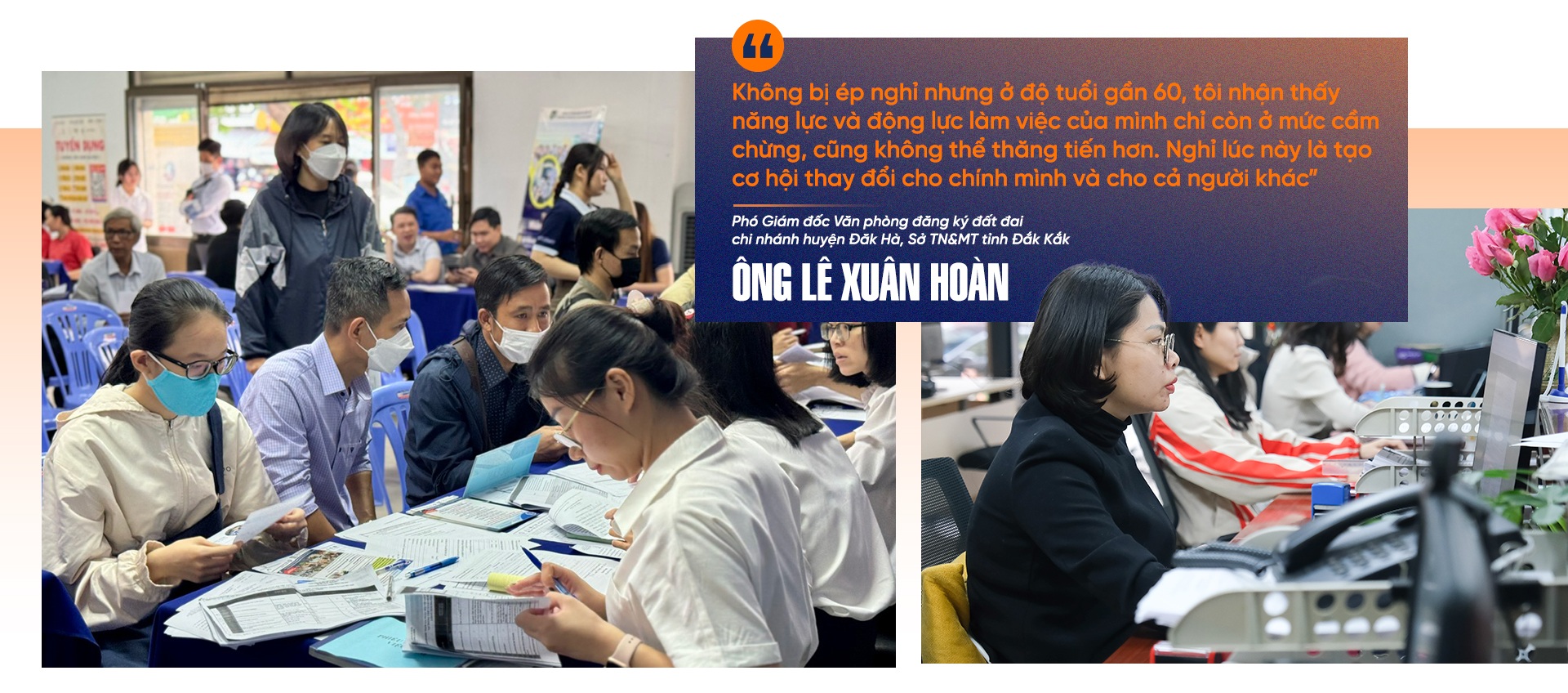
"I would like to retire early to respond to the policy of streamlining the Party and State apparatus, as well as the General Secretary 's call to make way for young people," Mr. Hoan said, adding that this decision was completely voluntary.
He analyzed that if he did not resign, he would continue to hold his job because he met all the requirements and standards of the job, was annually evaluated as "doing his job well", and was not considered a "civil servant stealing umbrella".
Not "forced to retire", but at the age of nearly 60, he realized that his ability and motivation to work were only at a moderate level, and he could not advance further. Stopping would create opportunities for both others and himself.
To prepare for this transition, Mr. Hoan has been researching investment opportunities in the real estate sector after leaving office. He also cherishes the plan to "go South", both to develop his work and to have the opportunity to be close to his children.
He said he was mentally prepared and quite excited about his upcoming work plan. Although he did not intend to "quit for nothing", he was not too pressured to change jobs, and still left open the possibility that he would not do it (invest in real estate) if he saw the market was difficult and could not find suitable opportunities.

According to the official, from his case, looking at it more broadly, this round of streamlining and restructuring of the state apparatus will include a significant proportion of civil servants and public employees in this category.
From another perspective, as the head of a public service unit in Ho Chi Minh City that is being reorganized this time, Ms. B. confided: "At the age of over 40, having worked in administrative work for 20 years or more, if I go to work for a business now, it will be difficult for me to find a job that is both relevant to my expertise, level, and has a similar income. Not to mention that I may have to change my home, where my children go to school...".

Chairman of the top 40 technology company in Vietnam (ITSOL software company) Do Chi Cuong said that his company has received a number of employees who used to work in the state sector, but the number of people who were "filtered" and "usable" was not much.
CEO Do Chi Cuong analyzed that the technology industry's specific requirements for constantly updated professional skills and high adaptability are really difficult filters for "state employees". However, with the personnel who have used it, the owner of the Ong But application highly appreciates the meticulousness, carefulness and sense of responsibility.
According to him, people moving from the public sector to the private sector have the advantage of understanding administrative procedures and experience in handling work systematically and methodically. However, the biggest challenge is the difference in working culture.
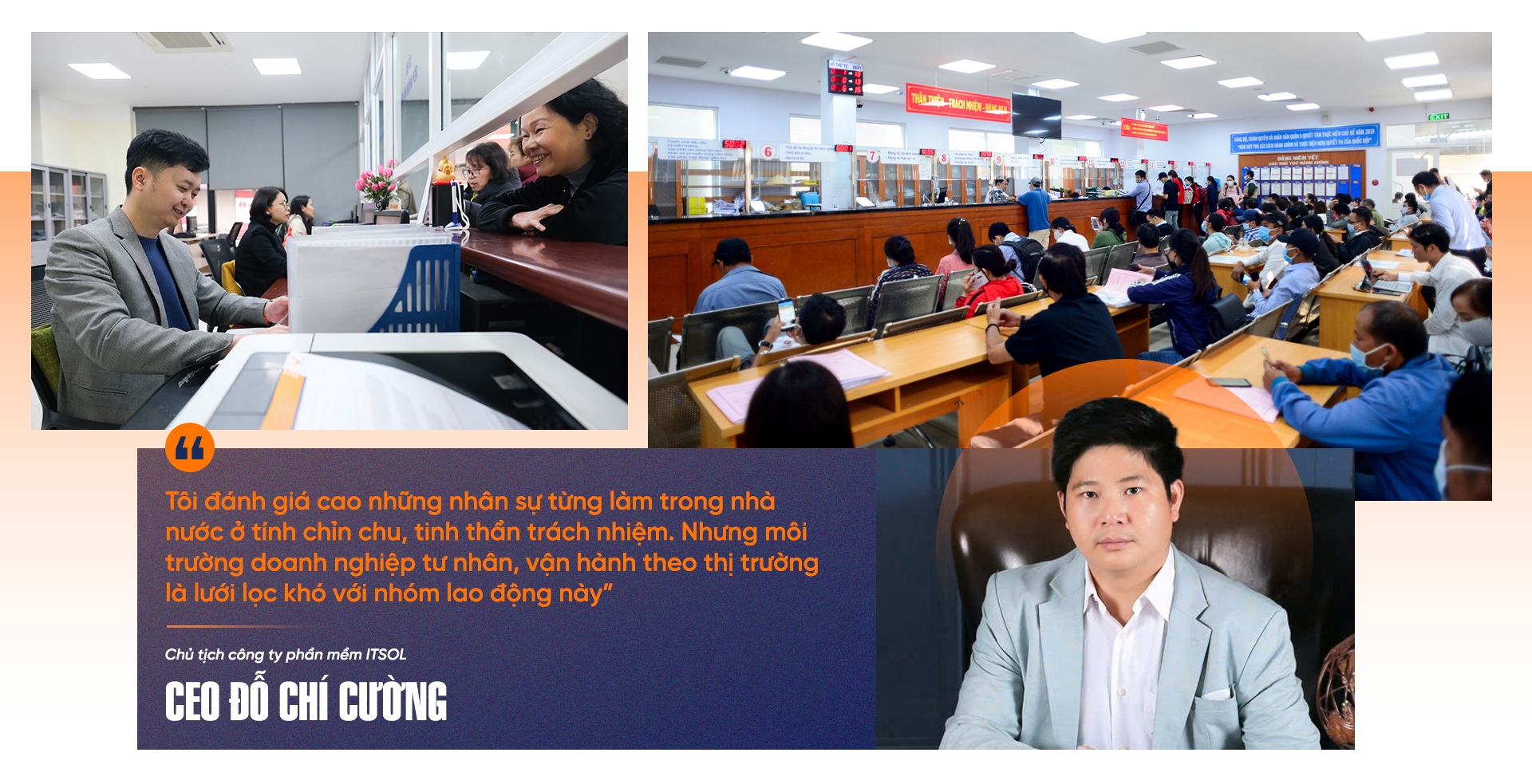
Mr. Cuong pointed out: "The private business environment, especially in the technology industry, requires flexibility, initiative and much faster work processing speed. In the private sector, work efficiency is measured by clear results and is often accompanied by time pressure. Therefore, those who move from the public sector will encounter difficulties if they are not ready to adapt."
From there, the businessman believes that the private market can welcome people with a progressive spirit, who dare to change and learn. For every business, people are always the decisive factor for success or failure. In the modern labor market, it does not matter where the personnel come from, as long as they have the ability, the desire to progress and the appropriate cultural mindset.
Regarding the number of 100,000 cadres, civil servants, and public employees leaving the state sector in this streamlining period, according to the ITSOL boss, the most important factor is still demonstrating the compatibility between personal development aspirations and the orientation of businesses and the market.
"And I believe that every change opens up new opportunities, as long as each person dares to step out of their comfort zone," CEO Do Chi Cuong asserted.
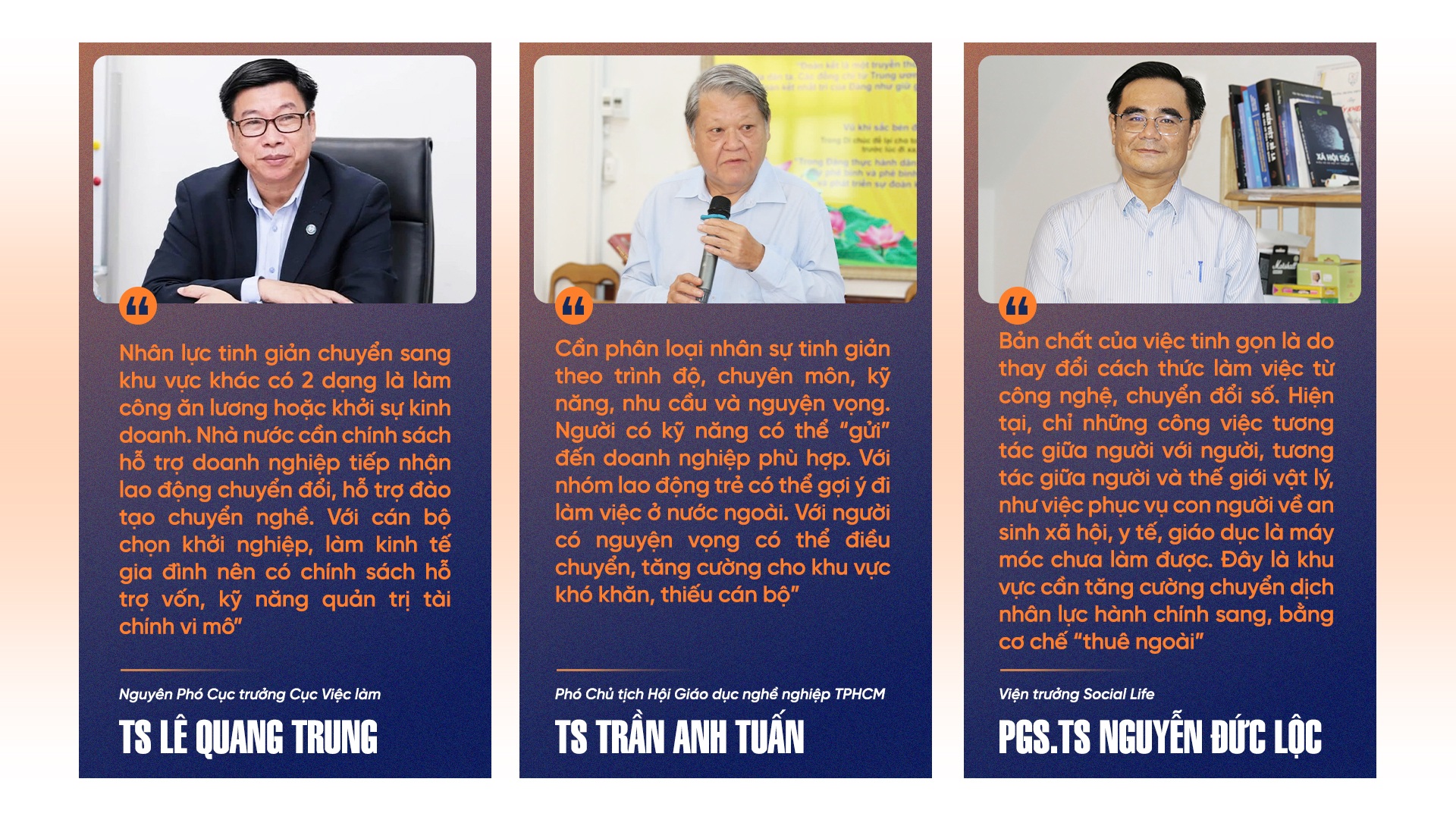
In terms of calculation principles, experts all affirm that the scale of the economy and the labor market of more than 50 million people like Vietnam is more than enough to absorb about 100,000 streamlined officials. However, the difficult problem is finding the right job for the right person, bringing the right person to the right job and maintaining a suitable salary.
The reality that needs to be addressed is the gap between supply and demand in terms of professional qualifications, occupations and salaries in the market. According to a survey in 2024 by the Center for Human Resources Forecasting and Labor Market Information in Ho Chi Minh City, in terms of professional qualifications, the group of job seekers with university degrees or higher accounts for 70.06% of the total job demand, but businesses only need to recruit 20.56%. In terms of experience, 54% of job seekers have more than 5 years of experience. Meanwhile, businesses mainly recruit inexperienced workers to pay low wages.
These differences create many difficulties for workers leaving the public sector. They find it difficult to find jobs that match their abilities and the desired salary.

Assessing the compatibility of the streamlined staff group with the private sector job market, Director of the Department of Employment, Ministry of Labor - Invalids and Social Affairs Vu Trong Binh pointed out the first advantage, these are workers who are regularly trained and have basic qualifications, have a lot of work experience, and have a professional working style...
However, the challenge for those who are downsizing is that most of them are over 35 years old, their flexibility and health are declining, affecting their participation in training and career transition, making it difficult to compete with the current young workforce. At the same time, this group of officials leaving the state has higher job selection requirements because they need more time to take care of their families.
Regarding solutions to the problem, the Director of the Department of Employment proposed to synchronously implement a series of timely policies to support the streamlined labor group to change careers.
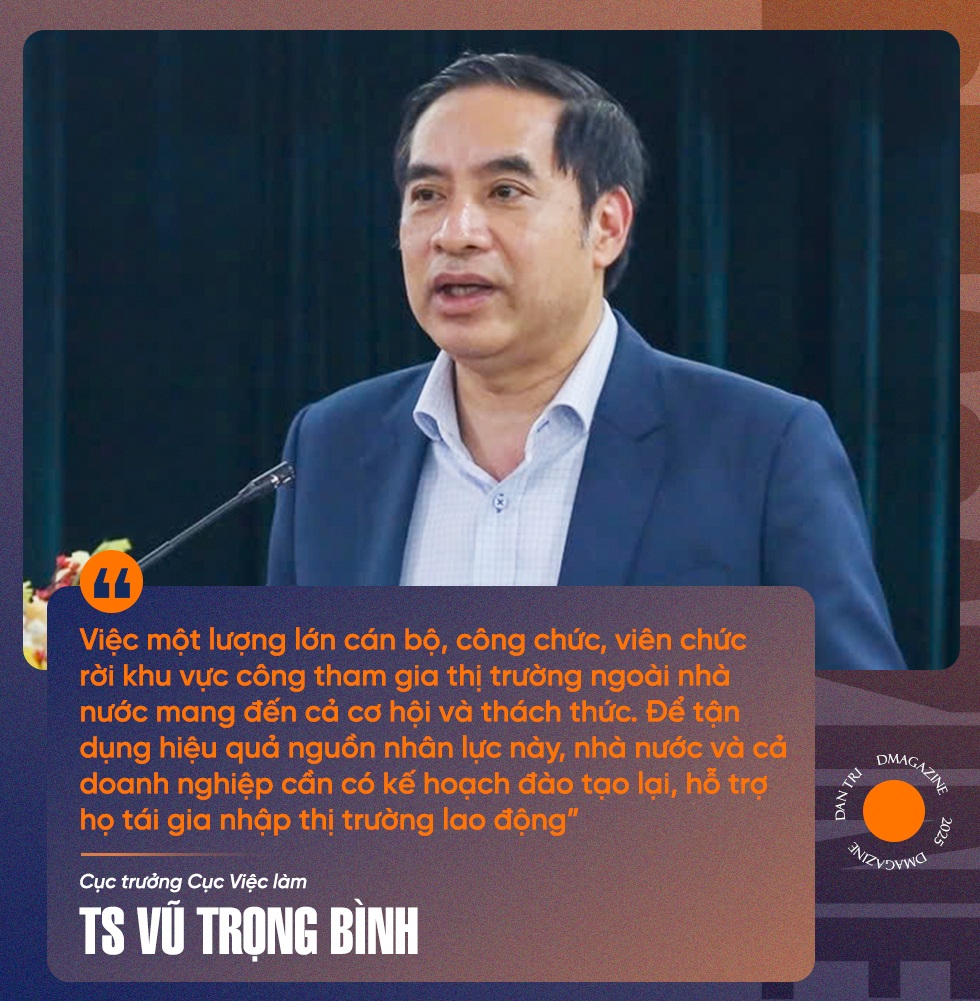
According to Dr. Vu Trong Binh, in order to stabilize the life of the 100,000-strong workforce, the Government has issued Decrees No. 177/2024/ND-CP (policies and regimes applicable to people retiring before the age of retirement), 178/2024/ND-CP (support policies applicable to people who quit their jobs) with many incentives to support affected officials, civil servants, public employees, and workers.
In addition, the Ministry of Labor, Invalids and Social Affairs has also directed units to ensure full benefits for affected employees and workers according to existing employment policies such as unemployment insurance, support for loans to create jobs, etc.
However, for this relocation to take place smoothly and effectively, Mr. Vu Trong Binh said that in addition to the state's support policies, the participation of the whole society is also needed, effectively supporting the private sector to receive the surplus labor force.
First, representatives of state management agencies in the field of orientation must focus on investing in stronger development of key economic sectors, while supporting enterprises in restructuring production and business activities to create many new jobs and bring high value.
Industry management agencies will organize the provision of labor market information to connect jobs and support retraining so that they can convert skills to suit the requirements of the non-state labor market.
The Director of the Department of Employment also agreed with the proposals to consider tax and land support policies when the streamlined workforce participates in startups, business start-ups, family businesses, etc. to create sustainable, high-value jobs.
Director Vu Trong Binh concluded: "The fact that a large number of cadres, civil servants and public employees leave the public sector to participate in the non-state market brings both opportunities and challenges. To effectively utilize this human resource, the state and the enterprises themselves need to have a plan to retrain and support them to re-enter the market, while maximizing the strengths they already have."
Discussing further with Dan Tri reporters about the policy applied when implementing the "reorganization revolution of the state apparatus" based on the experience of a country that has gone through this period, Minister of Employment of the Ministry of Economic Affairs and Employment of Finland Arto Olavi Satonen commented that this shift of labor from the state sector to the private sector in Vietnam is a significant change. The minister of the neighboring country made 3 recommendations to the management agency as well as the people who have to make the shift.
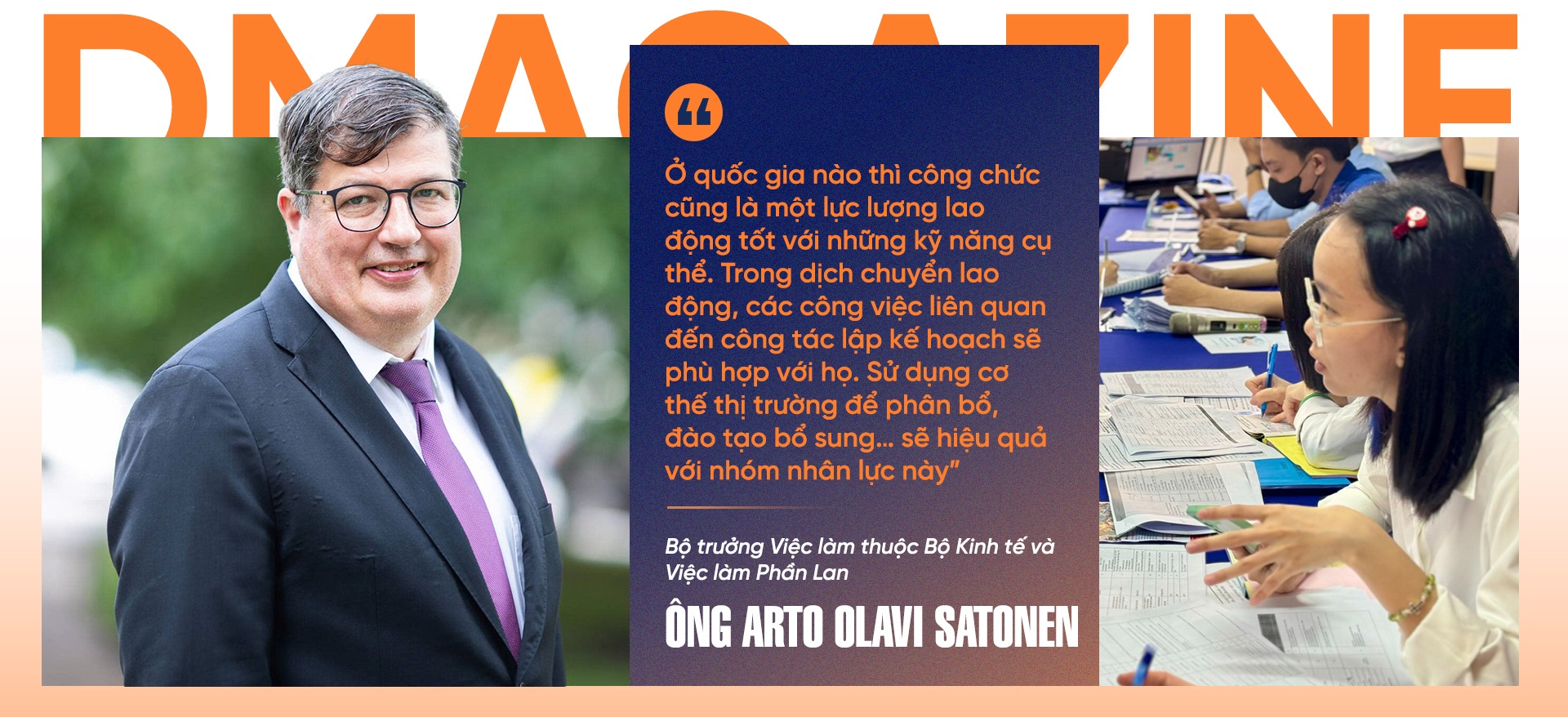
First of all, the Finnish Minister stated the principle that in any country, civil servants are generally a good workforce with specific skills. However, to be transferred to the private sector, these people must be mentally prepared that the work to be done will have major changes and that there are specific areas of work suitable for such labor mobility.
"Jobs related to planning will suit many people who used to be civil servants. Others have the ability to implement and realize plans," said Minister Arto Olavi Satonen.
Next, the Finnish Minister of Employment analyzed that based on the education level of civil servants, it can be assessed that most of them have the ability to absorb new knowledge very well. Therefore, some forms of additional training suitable for new jobs are a necessary and effective solution.
Furthermore, Mr. Arto Olavi Satonen emphasized that using market mechanisms to allocate the workforce is also one of the reasonable options in this major streamlining period.
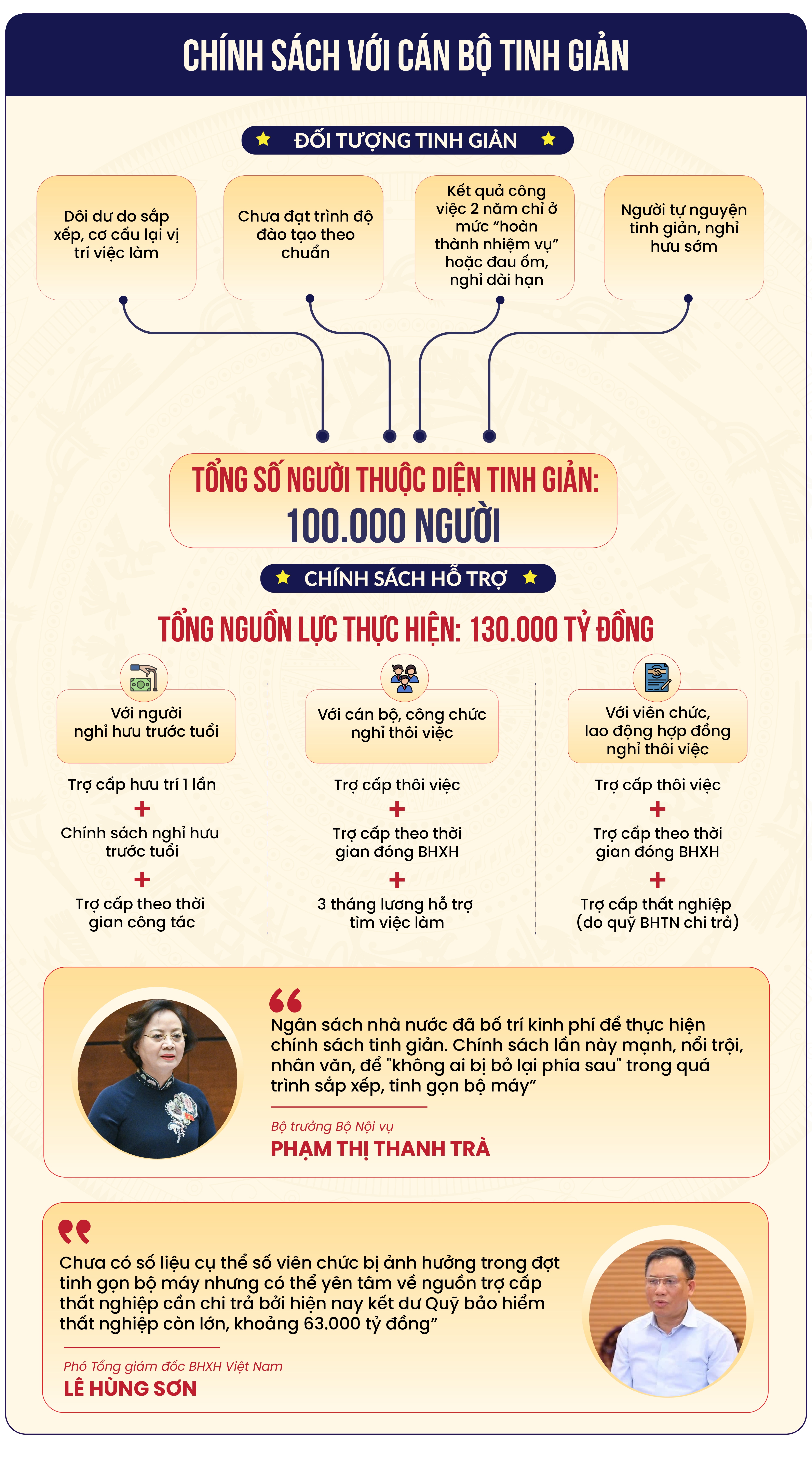
Content: Hoa Le, Son Nguyen, Tung Nguyen, Thai Anh
Design: Tuan Huy
Dantri.com.vn








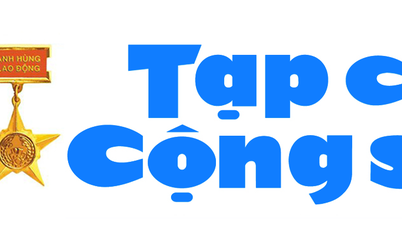

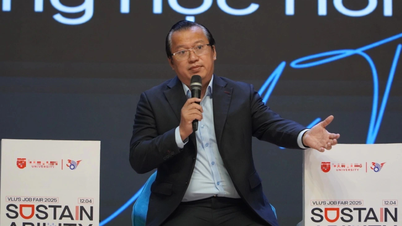











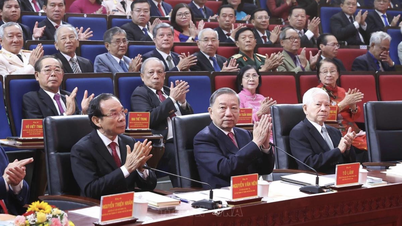



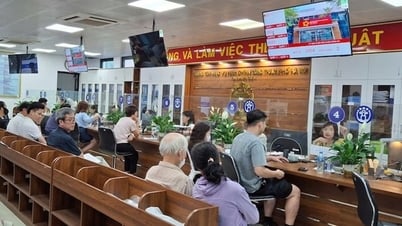








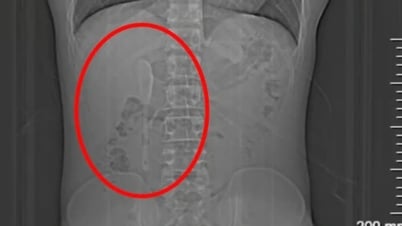










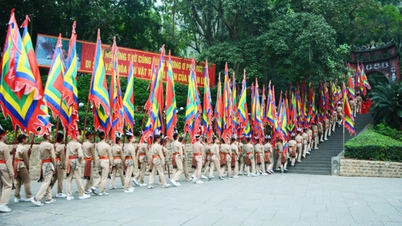












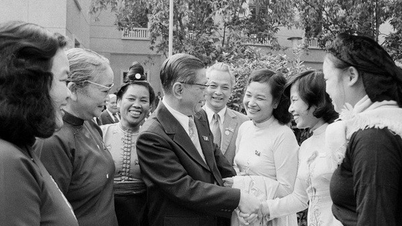

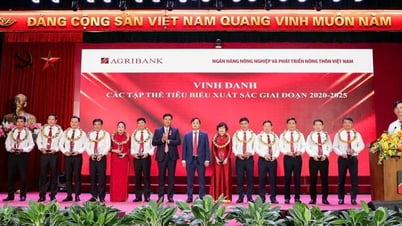

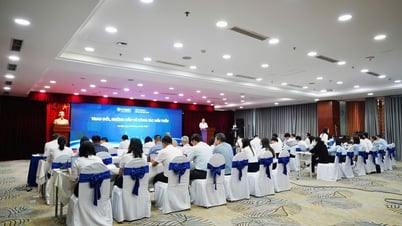




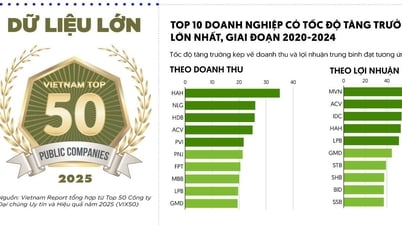













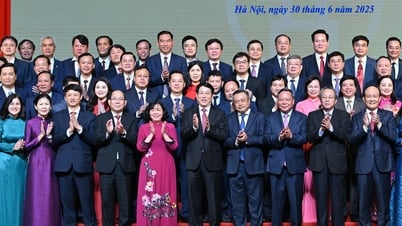
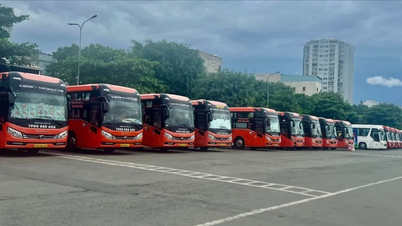

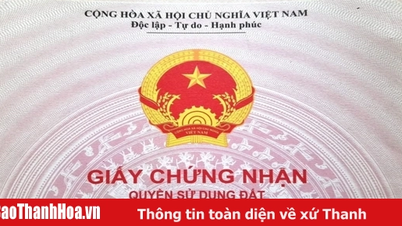










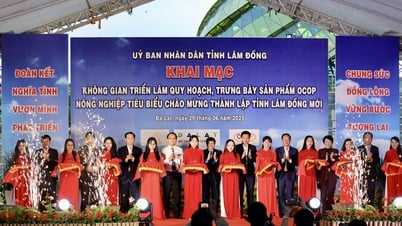



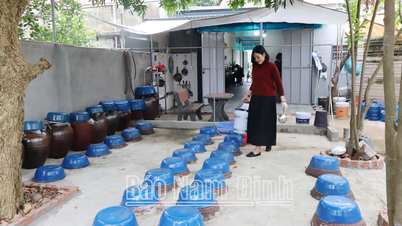



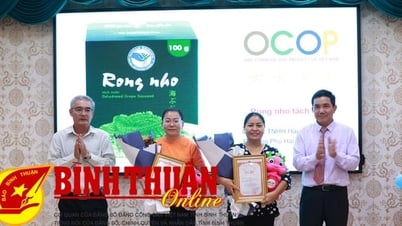






Comment (0)